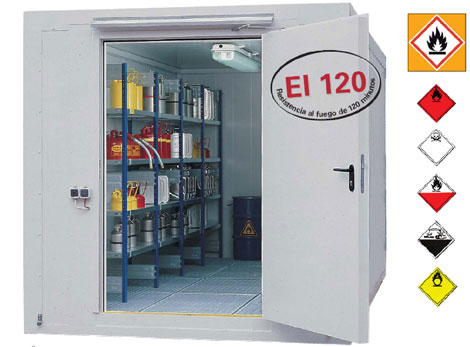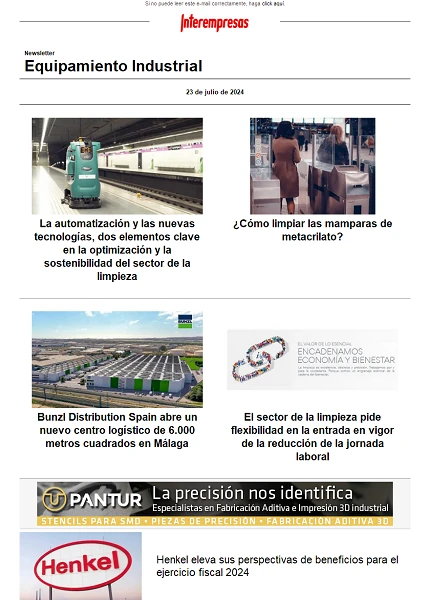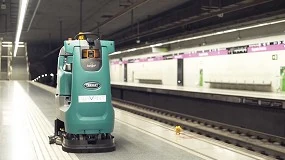Resistance to fire to flammable warehouses: 'ei' replaces 'rf'
Classification of materials on their reaction to fire
The old Spanish classification was being done with respect to the norm UNE 23. 727: 1990 1R, which distinguished the classes based on the relative magnitude with which the relevant materials can encourage the development of a fire. For the storage of flammable liquids required classification M0 - material not fuel - to standard thermal action of the test (glass, wool of rock, stone materials, cerámicos…)
However, the new euro-class are defined in the norm UNE EN 13501-1: 2002. These are summarized in the following way:
-A1: Non-combustible. Without contribution to maximum extent to the fire
-A2: Non-combustible. Without contribution to lesser fire extent
-B: fuel. Very limited fire contribution
-C: fuel. Contribution limited to fire
-D: fuel. Average fire contribution
-Fuel E:. High contribution to the fire
-F: no classification
He is supported so that, for the linings of walls, ceilings and floors, materials traditionally classified as M0 pass classified as A1 without need for any type of test, as indicated in annex I of the above-mentioned RD 312/2005.
Classification of the building blocks for their resistance to fire
In addition to the properties of the materials themselves, it is important to know the performance in the constructive structure that are part. Here we are again different national and European classification.
The old Spanish classification corresponds to the UNE 23 093 'test of resistance to fire of the structures and elements of construction', in which we find the following definition:
-RF: Fire resistance: the constructive element (enclosure) guarantees the following conditions:
· Stability and bearing capacity
· Absence of emission of flammable gases by the face not exposed to fire
· Tightness to the passage of flames or hot gases
· Thermal resistance sufficient to prevent that temperatures higher than those provided for in the above-mentioned occurrence not exposed face links
The normalized time scale according to the UNE age of 15, 30, 60, 90,120, 180 and 240 minutes
The European standard UNE EN 13501-2: 2002 and the Royal Decree 312/2005 establishes new classes, being the main:
· A: bearing capacity (Resistance)
· E: integrity (Integrity)
· I: isolation (Isulation)
These classes have the following meanings on the variable time:
· R (t): time that met the stability to fire or bearing capacity (similar to the ancient concept of stability to the fire (EOF))
· D (t): time that met the stability and integrity to the passage of flames and hot gases (similar to the ancient concept of parallamas, PF)
· REI (t): time that met the stability, integrity and insulation (similar to the ancient concept of resistance to fire, RF)
The time scale normalized according to the new UNE is 15, 30, 45, 60, 90,120, 180 and 240 minutes
The following table maps the correspondence between both classifications for the main building blocks of the Denios warehouses:

Implications for flammable liquids (regulation APQ) stores
It is however an old nomenclature, so that from the entry into force of the new Eurocodes and fire resistance classes, these elements should be certified according to the new UNE EN 13501-2: 2002 as 'ei' 120 minutes.












